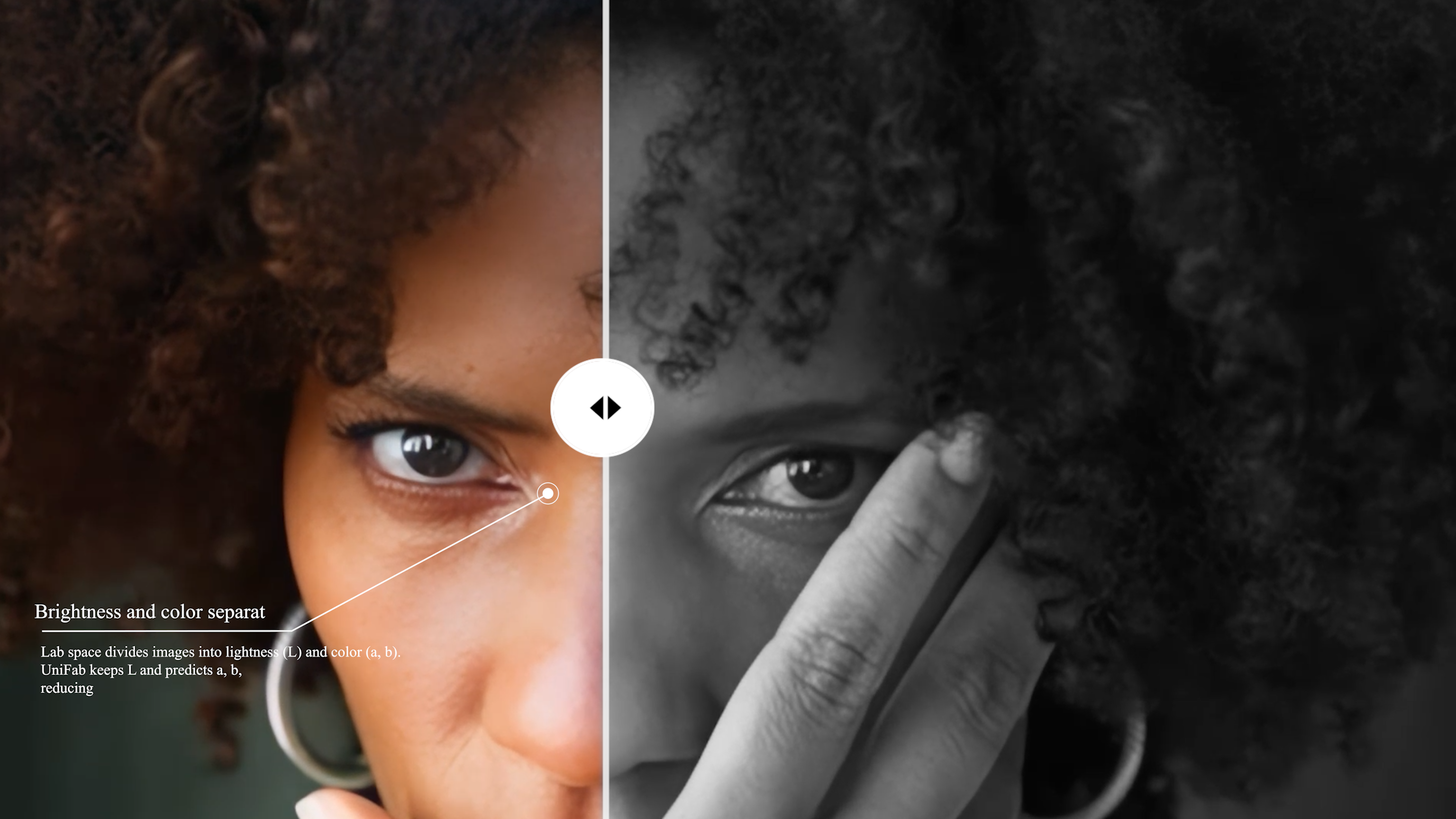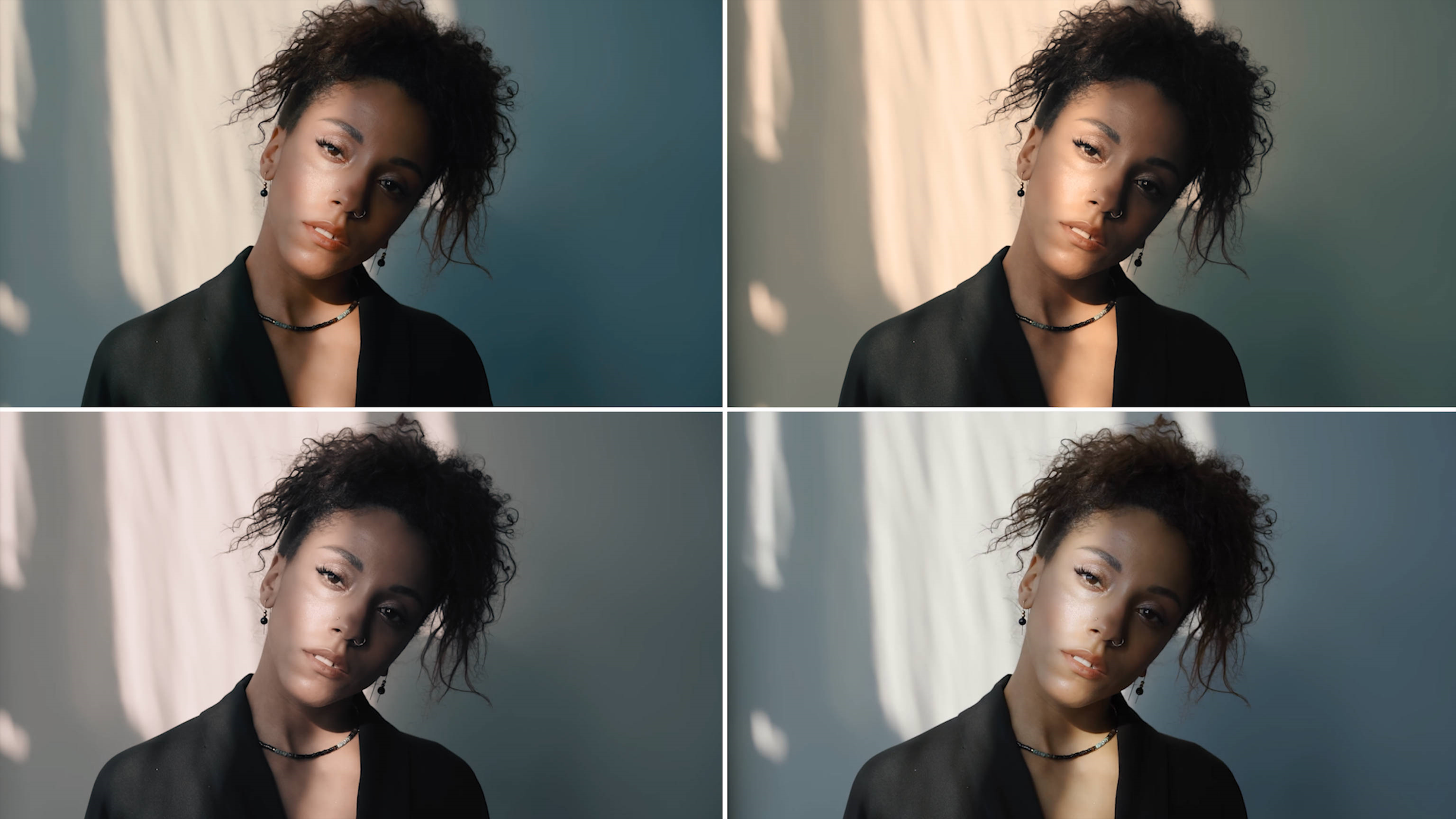Hello everyone, welcome to today’s tech sharing! 🎉 Today, I’d like to introduce UniFab’s black-and-white colorization model —UniFab Video Colorizer AI
🔗 Article link:Unifab Colorizer AI: Working Principles and Evolution Through Iterations
UniFab Colorizer AI leverages deep learning on large color video datasets to automatically colorize black-and-white videos, efficiently speeding up processing while maintaining color continuity and realism.
📚Key Features of UniFab Video Colorizer AI
Network Architecture Design
The UniFab model is built upon the classic UNet framework integrated with a ResNet encoder, leveraging the strengths of both to enhance video colorization performance and efficiency.
Color Space and Loss Functions
UniFab uses the Lab color space for video colorization to enhance quality, applying a multi-loss optimization that balances pixel accuracy , structural semantics , and visual realism .

- Training Process
The training procedure of UniFab is carefully crafted to boost the model’s color restoration ability , generalization performance , and stability in video colorization .

✨Technical Advantages and Iterations of UniFab
- Multi-Style Parallel Generation Architecture
UniFab integrates multiple style vectors simultaneously at the encoder or decoder stage through multi-branch style embedding, enabling one-click multi-style color mapping.

- Multi-Scene Intelligent Segmentation and Collaborative Coloring
The model analyzes visual differences between adjacent video frames , aggregates frame changes within a time window , and automatically identifies scene transition points .

🎥Learn More In the Video
💬We Want Your Feedback!
Have questions or suggestions? Reply to this topic and join the discussion! Your input shapes our future updates.